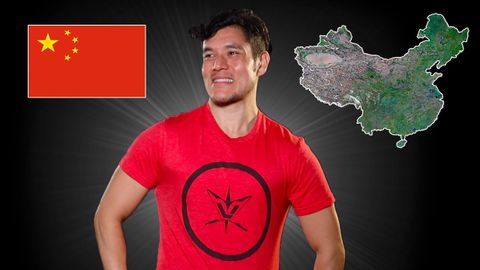現在就去地理中國 (Geography Now! China)
gotony5614.me97 發佈於 2021 年 01 月 14 日  沒有此條件下的單字
沒有此條件下的單字US /ɛnˈtaɪr/
・
UK /ɪn'taɪə(r)/
- adj.全體的 ; 完全的;未分割的;全緣的 (植物學)
US /ɪnˈkrɛdəblɪ/
・
UK /ɪnˈkredəbli/
- adv.令人難以置信的是;難以置信地;非常地;令人難以置信地
- n. (c./u.)聲稱、主張;聲稱;要求;索賠;權利;索賠
- v.t.要求、認領;奪走(如生命);聲稱;索取

